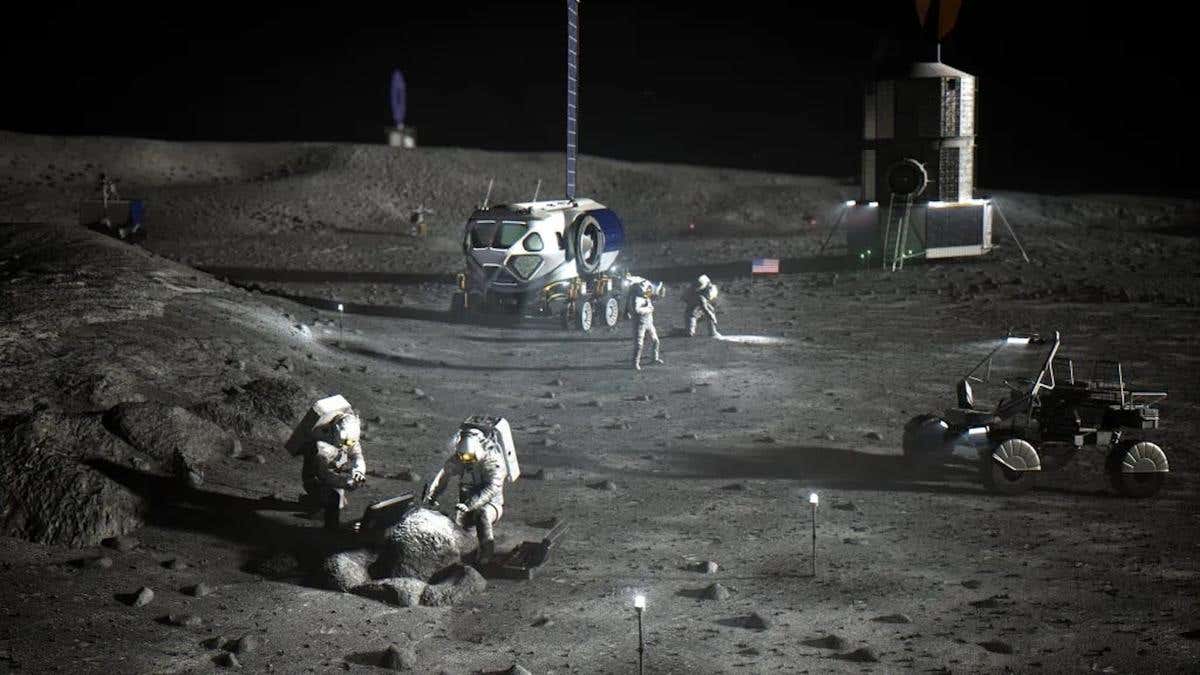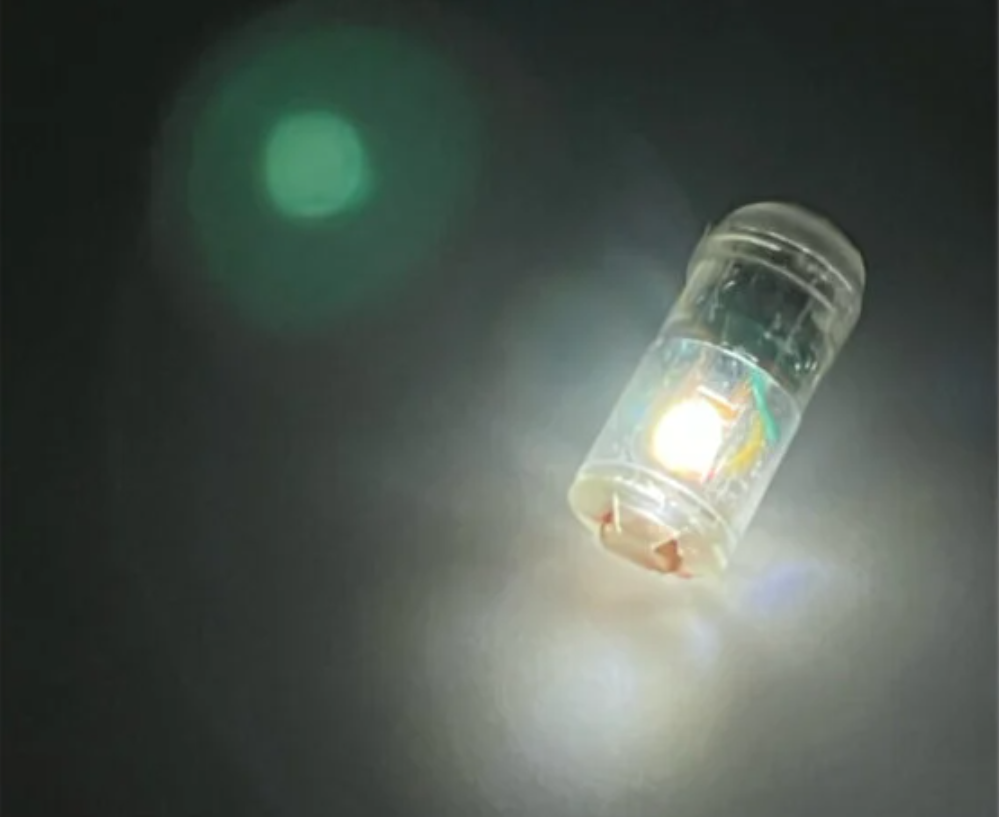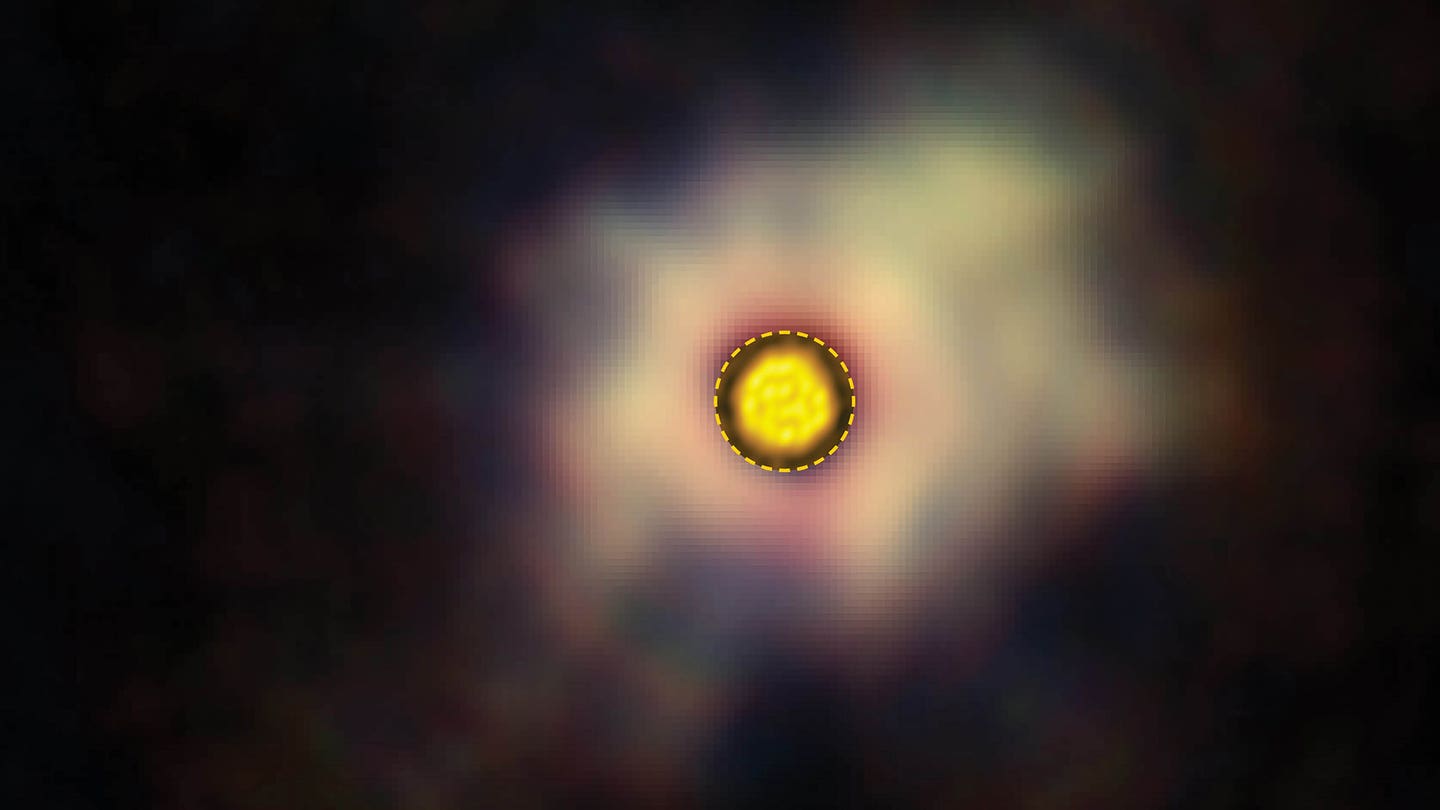Scientists create space bricks for moon base using microwaves and lunar soil
Transporting construction materials from Earth to the Moon is prohibitively expensive, costing approximately $1.2 million per kilogram.

NASA’s Artemis mission aims to establish a long-term human presence on the lunar surface. (CREDIT: Creative Commons)
The recent discovery of energy resources like water ice on the Moon has reignited interest in its potential as a sustainable hub for space exploration. NASA's Artemis mission aims to establish a long-term human presence on the lunar surface. However, a critical component of this plan is building the necessary infrastructure, such as lunar bases.
Transporting construction materials from Earth to the Moon is prohibitively expensive, costing approximately $1.2 million per kilogram. This high cost makes transporting materials from Earth nearly impossible.
To address this challenge, the Korea Institute of Civil Engineering and Building Technology (KICT), under President Kim Byung-Suk, has developed a technology to produce construction materials using resources found on the Moon. The most abundant resource on the Moon is lunar regolith, the surface soil. Utilizing lunar regolith could lead to significant cost savings. Composed of fine particles, it can be sintered through heat. However, energy efficiency is crucial in space environments, and microwaves offer an energy-efficient solution.
The research team, including Dr. Jangguen Lee, Dr. Young-Jae Kim, and Dr. Hyunwoo Jin, led by Dr. Hyu-Soung Shin at the Future & Smart Construction Research Division of KICT, used microwave sintering to create blocks from lunar regolith simulant by heating and compacting it.
Using microwaves to heat lunar regolith can result in localized hot and cold spots, leading to thermal runaway and hindering uniform heating and sintering. To combat this, the team developed a stepwise heating program with specific temperatures and dwell times.
Additionally, lunar regolith contains volatile substances, including water. Heating these materials can cause internal cracks during sintering. The team mitigated this issue by preheating the lunar regolith simulant under vacuum conditions at 250°C.
To evaluate the quality of the sintered blocks, the team core-drilled samples at specific locations. The average density, porosity, and compressive strength of the core-drilled samples were approximately 2.11 g/cm³, 29.23%, and 13.66 MPa, respectively, with standard deviations of 0.03, 1.01, and 1.76. These measurements confirmed the homogeneity of the sintered blocks.
KICT has secured the technology to produce construction materials using lunar regolith and plans to validate this technology in space environments. By verifying it under space conditions, they aim to meet the growing demand for space construction technology.
Dr. Shin stated, "Many previous space construction studies related to microwave sintering technology have resulted in small or heterogeneous sintered bodies." He further expressed plans to use this technology for various infrastructure construction needs on the lunar surface in the future.
Note: Materials provided above by the The Brighter Side of News. Content may be edited for style and length.
Like these kind of feel good stories? Get the Brighter Side of News' newsletter.



